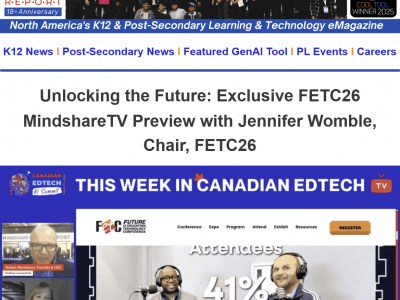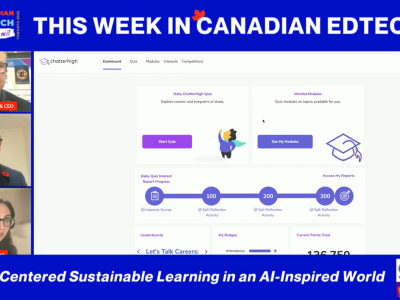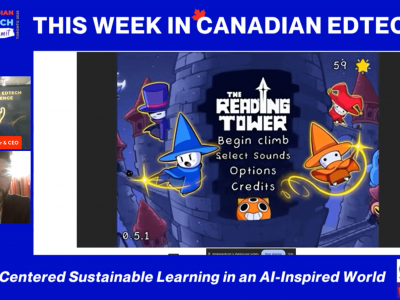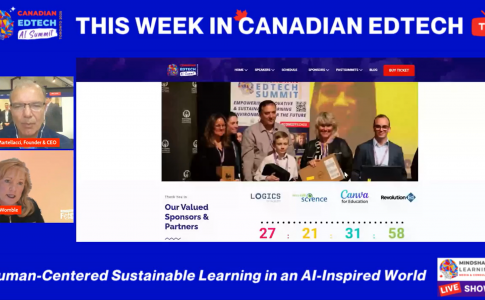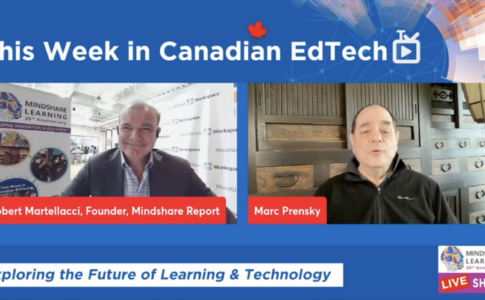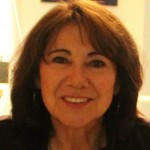 by Anita Townsend Country Coordinator, Global Teenager Project
by Anita Townsend Country Coordinator, Global Teenager Project
Designing rich teaching and learning activities in our classrooms which keep today’s students engaged as well as supporting the development of 21 century skills is essential. For the past 16 years the Global Teenager Project has provided teachers and students with this opportunity. The Project provides experiences for students to explore with their peers Global Issues relevant to them, helping them to see issues and problems from multiple perspectives. They think creatively and critically while collaborating to resolve these issues.
This past year a new format was introduced in the Global Teenager Project using a Challenge Based Approach covering the topic of Children’s Rights. This was linked to the UNICEF Convention on the Rights of the Child. The assessment of 21st Century Learning skills within the project was supported by the peerScholar/ Cogneeto platform developed by Dr. Steve Joordens and his team at the University of Toronto Scarborough College. The inclusion of this tool enabled students from around the world to view, critique, assess and learn from each other’s work in the Global Teenager Project, while taking ownership of their own learning. A summative assignment in the Children’a Rights virtual learning circle was to revise or create a new child’s right. By using peer scholar /Cogneeto over 240 students from 9 countries were able to learn and assess their work on this assignment together. Four Canadian schools participated in the project through funding from Pearson Education Canada. Both students and teachers found the content and learning activities covered many curriculum expectations within multiple disciplines.
In all of the Global Teenager learning circle topics students are connected in virtual Learning Circles with 8 – 12 classes from many different countries. They link up in a wiki and can access other Web 2.0 tools to collaborate. During the six phases of the learning circle students either develop inquiry questions or work on a real life challenge. They then research and develop summaries and solutions about topics which are easily embedded into the curriculum. With the international team of facilitators and coordinators, support and guidance is available for both teachers and students. The Learning Circle covers a 10 – 12 week time period twice in the school year , beginning either late September or early February. Most learning circles use English but some operate in several Languages other than English such as French, Spanish, German, Dutch and Arabic. Please contact anita@globalteenager.org for registration forms and further information.
